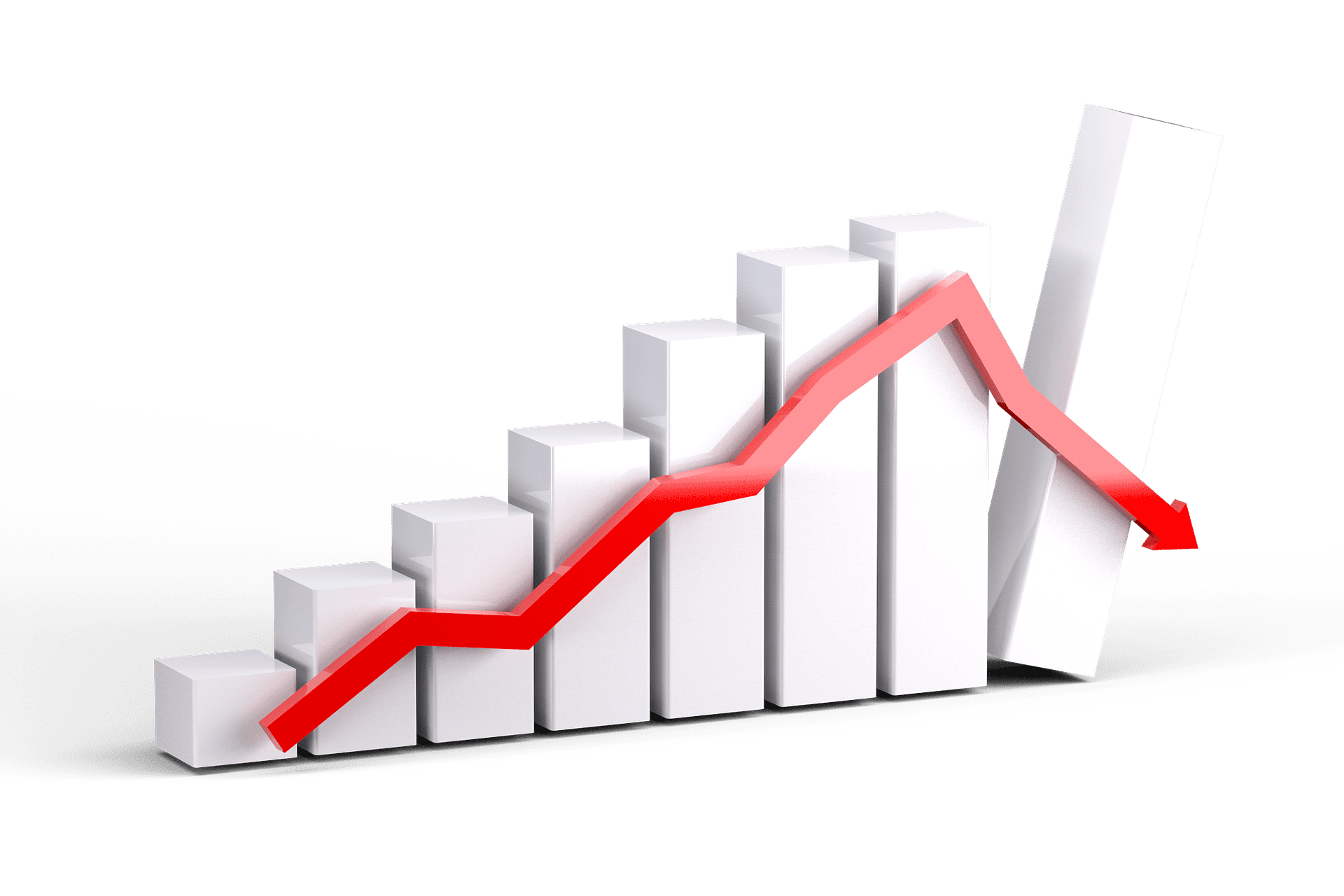Risks and Rewards: Understanding Stock Market Volatility
Risks and Rewards: Understanding Stock Market Volatility
By Katie Gomez
Knowledge is power when it comes to success in the stock market because before, you must learn how the market works to start manipulating it to your advantage.
Volatility regarding the stock market refers to the swings or fluctuations in stock prices over a particular period. It is a measure of the risk or unpredictability of the stock market. Therefore, high volatility means that stock prices have the power to change rapidly and unpredictably in any direction. In contrast, low volatility means stock prices tend to change more gradually and, in turn, are easier to predict.
For traders, understanding volatility is essential because it deals with a crucial part of trading: risk management. Volatility affects the perceived risk of investing in the stock market. High volatility can make investors nervous, increasing the likelihood of sudden losses. On the other hand, low volatility allows the stock market to seem more stable and predictable, attracting more investments.

That said, it can also impact investment strategies and decision-making. For instance, some investors may invest in low-volatility stocks to prioritize a low risk-to-reward ratio to minimize losses. On the other hand, others may choose the riskier option and invest in more high-volatility stocks hoping for a bigger payday (prioritizing higher risk for a higher return).
What drives volatility in the stock market?
Once you learn the importance of volatility in the stock market, you can start looking out for certain factors that may be driving volatility to run low or high so that you can protect your investments. Several factors can affect stock market volatility, including but not limited to the following:
1.) Economic indicators, such as gross domestic product (GDP), unemployment rate, and inflation, can impact the stock market and drive volatility. If the economy is growing, stock prices are likely to increase, but stock prices will fall when it’s struggling (like it is currently). Awareness of the economy is an easy enough indicator to follow concerning the market, but surprisingly still affects a lot of individuals’ investments when ill-prepared.
Given the current economic climate, taking advantage of low-volatility (low-risk) investments would be advised as stock prices continue to plummet. On the other hand, when the economy is doing well, investors are more inclined to react positively and risk more in their high-volatility investments. Therefore, investors must research to determine where the economy is concerning their current and potential acquisitions. For instance, economic factors influencing market performance include monthly job reports, inflation data, consumer spending figures, and quarterly GDP calculations. If these reports miss market expectations, the markets may become more volatile.
2.) Political events, from speeches to elections, can also affect the stock market and drive volatility. In general, the government plays a significant role in industry regulation and can therein have a direct impact on the economy through decision-making processes such as trade agreements, policy, and legislation. That said, political events have a more indirect effect on market volatility than economic factors but are still considered indicators to look out for.

3.) Market sentiment is the overall mood of the market, which directly affects the state of the market and volatility. For example, if investors are optimistic, stock prices may rise, and vice versa.
4.) Technical factors, including trading volume, chart patterns, and momentum, can impact stock prices and drive volatility.
5.) Company-specific news (news related to individual companies, such as earnings reports, mergers and acquisitions, or even management changes can all impact the prices of stocks, affecting volatility.
In conclusion, risk management is one of the essential tools for becoming a successful investor. In addition to consistency and appropriate risk-reward ratios, understanding how external factors affect the market will allow you to determine the volatility of your investments before making them. The more knowledge you can acquire, the more tools you’ll gain in your tool belt to begin learning how to manipulate the market to your advantage.
.
